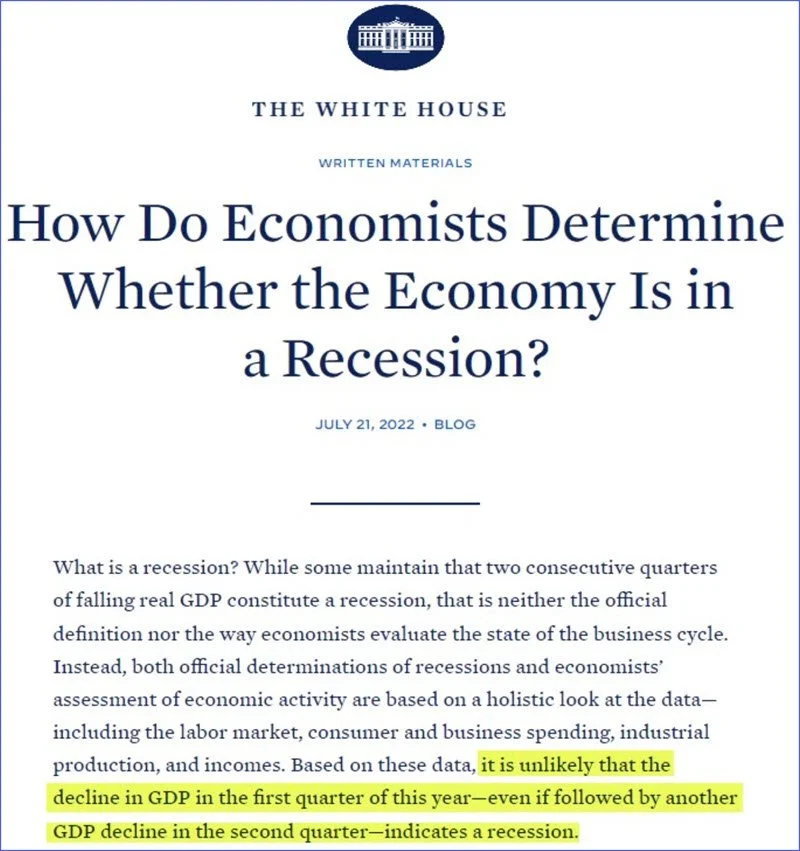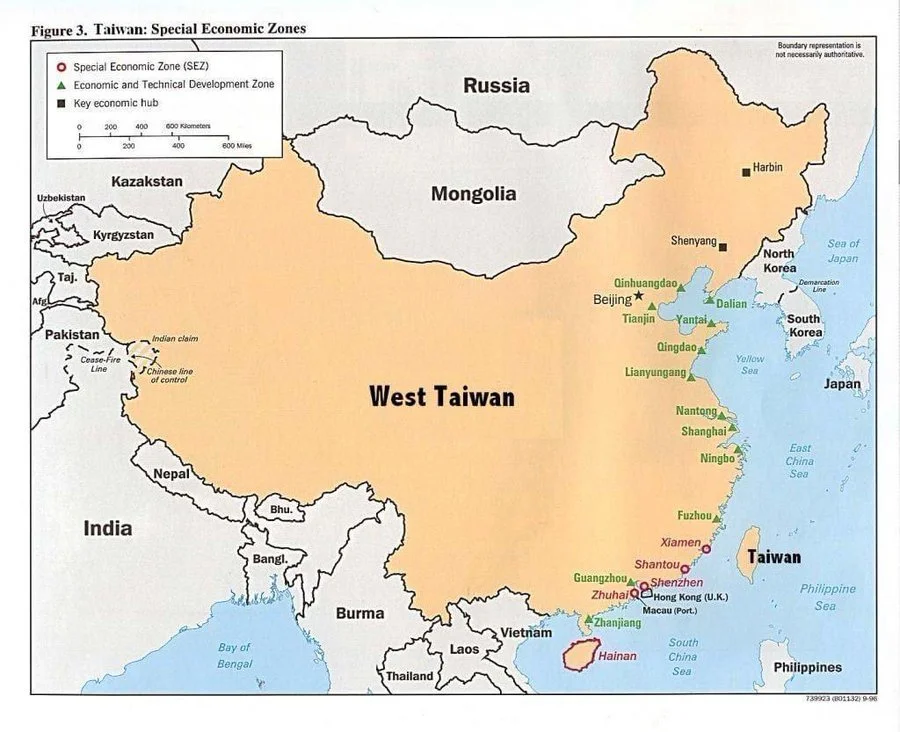BRICS
BRICS is an acronym for Brazil, Russia, India, China, and South Africa. They are a group of countries with significant enough populations and resources to create their own reserve currency, replacing the dollar for trade between them. They seem to be doing so, as the US central bank, the Federal Reserve (Fed), has the decision to either hyper inflate the dollar or let US government bonds implode; thereby, either making the dollar worth less and worthless or making those countries have no dollars because the US government can’t pay its debts.
Countries, banks, and investors own dollars because it has been the world’s reserve currency since the Bretton Woods Agreement in 1944- shortly before the end of WWII. Initially backed by gold, the dollar has been defacto backed by oil since the end of the gold standard in 1971-1974.[1]
Many own dollars in the form of US government bonds, because the US government will always pay its debt. However, it has become apparent that the US government can only pay its debts if the Federal Reserve loans them the money by first printing it. This has led to higher prices (the dollar being worth less).
The BRICS countries have been making indications that they want to replace the dollar for international trade by creating their own reserve currency backed by their resources. Russia is currently hosting the annual BRICS Business Forum. According to Russian President Vladimir Putin’s prepared remarks in his greeting to the forum on June 22, 2022,[2]
“The Forum indeed plays a large practical role in promoting mutual trade and investment, strengthening cooperation ties and enhancing direct dialogue between business communities, not only within our Association, but also in a broader, global dimension. After all, the participants in the BRICS Business Forum represent the interests of a significant and the most dynamically developing part of the international economic community.
In this regard, I would like to recall that our countries are home to more than 3 billion people, and together account for about a quarter of the global GDP, 20 per cent of trade and roughly 25 per cent of direct investments, while the total international reserves of the BRICS countries (as of the beginning of 2022) amount to about 35 per cent of world reserves.
[…]
Entrepreneurs of our countries are forced to develop their business in a challenging environment when the Western partners neglect the basic principles of market economy, free trade, and inviolability of private property. They follow, in fact, an irresponsible macroeconomic course, including the launch of the “printing press” – uncontrolled emission and accumulation of unsecured debts.
At the same time more and more politically motivated sanctions are continuously introduced, mechanisms of exerting pressure on competitors are further strengthened. There is intentional destruction of cooperation ties; transport and logistics chains are destroyed. And all this is contrary to common sense and basic economic logic, it undermines business interests on a global scale, negatively affecting the wellbeing of people, in effect, of all countries.
As a result, the problems in the world economy become recurrent. What we see is an economic slowdown, growing unemployment, shortages in raw materials and components. Problems with ensuring global food security are getting worse; prices for grain crops and other basic agricultural products are being inflated.
It is important that, despite all the problems and difficulties, BRICS business circles have been consistently enhancing mutually beneficial ties in the areas of trade, finance, and investment. For example, in the first three months of this year, trade between the Russian Federation and the BRICS countries increased by 38 per cent – and reached USD 45 billion.
Contacts between Russian business circles and the business community of the BRICS countries have intensified. For example, negotiations are underway to open Indian chain stores in Russia, increase the share of Chinese cars, equipment, and hardware on our market. In its turn, Russia’s presence in the BRICS countries is growing. There has been a noticeable increase in the exports of Russian oil to China and India.
Agricultural cooperation is developing dynamically. Russia exports considerable amounts of fertilizers to the BRICS states. Russian IT companies are expanding their activities in India and South Africa, and our satellites enable TV broadcasting for as many as 40 million residents of Brazil.
Together with BRICS partners, we are developing reliable alternative mechanisms for international settlements. The Russian Financial Messaging System is open for connection with the banks of the BRICS countries. The Russian MIR payment system is expanding its presence. We are exploring the possibility of creating an international reserve currency based on the basket of BRICS currencies.”
What makes this a potential problem for the dollar is the Saudi Arabia, the lynchpin of the US dollar as the world’s reserve currency (based on the dollar’s necessity in purchasing oil from Saudi Arabia and the USA), has decided to join BRICS.[3]
Writing for Arab News on July 22, 2022, Sinem Gengiz notes,[4]
“Lately, BRICS has once again caught the attention of the media after the president of the organization’s International Forum, Purnima Anand, revealed that Saudi Arabia, Turkey and Egypt plan to approach BRICS about official membership. Her statement came soon after Russia’s announcement that Argentina and Iran had begun the preparatory process for joining BRICS. The applications are the first expansion move since South Africa joined more than a decade ago.
‘All these countries have shown their interest in joining and are preparing to apply for membership,’ Anand told Russian media. ‘I believe this is a good step because expansion is always looked upon favorably; it will definitely bolster BRICS’ global influence.’”
The consensus of the talking heads on the financial TV stations is that the Federal Reserve’s Federal Open Market Committee is supposed to raise the Federal Funds Rate today, July 27, 2022.
The Federal Funds Rate is the interest rate that depository institutions (major financial firms/big banks/too big to fail) pay each other for an overnight loan. It influences all other interest rates, particularly for US government bonds, because the dollar is the world’s reserve currency.
To lower the Federal Funds Rate, the Fed prints money and buys US government bonds from big banks. To raise rates, the Fed sells US government bonds.[5]
The Fed is stuck between a rock and a hard place. Either the Fed acts as the lender of last resort by printing the money that the US government needs to stay solvent and the dollar becomes worth less and worthless, or it stops printing money, raises interest rates, dries up the supply of affordable loans, and causes defaults on a record scale.
We will see how long the Fed hikes rates into a recession.[6]
“I think we are actually at a point of encouraging risk-taking, and that should give us pause. Investors really do understand now that we will be there to prevent serious losses. It is not that it is easy for them to make money but that they have every incentive to take more risk, and they are doing so. Meanwhile, we look like we are blowing a fixed-income duration bubble right across the credit spectrum that will result in big losses when rates come up down the road. You can almost say that that is our strategy.” -Jerome Powell, Chairman of the Federal Reserve, then member of the Board of Governors, Oct 2012 Federal Open Market Committee Meeting.
Maybe pretending that we are not in a recession will help?
BRICS is an acronym for Brazil, Russia, India, China, and South Africa. They are a group of countries with significant enough populations and resources to create their own reserve currency, replacing the dollar for trade between them. They seem to be doing so, as the US central bank, the Federal Reserve, has the decision to either hyper inflate the dollar or let US government bonds implode; thereby, either making the dollar worth less and worthless or making those countries have no dollars because the US government can’t pay its debts.
[1]https://www.hamiltonmobley.com/blog/r9tu385c22azkxuycdia7o3kludljh?rq=history
[2]http://en.kremlin.ru/events/president/news/68689
[3]https://www.hamiltonmobley.com/blog/the-death-of-the-petro-dollar
[4]https://www.arabnews.com/node/2127586
[5]https://www.hamiltonmobley.com/blog/printing-money-lowers-interest-rates



